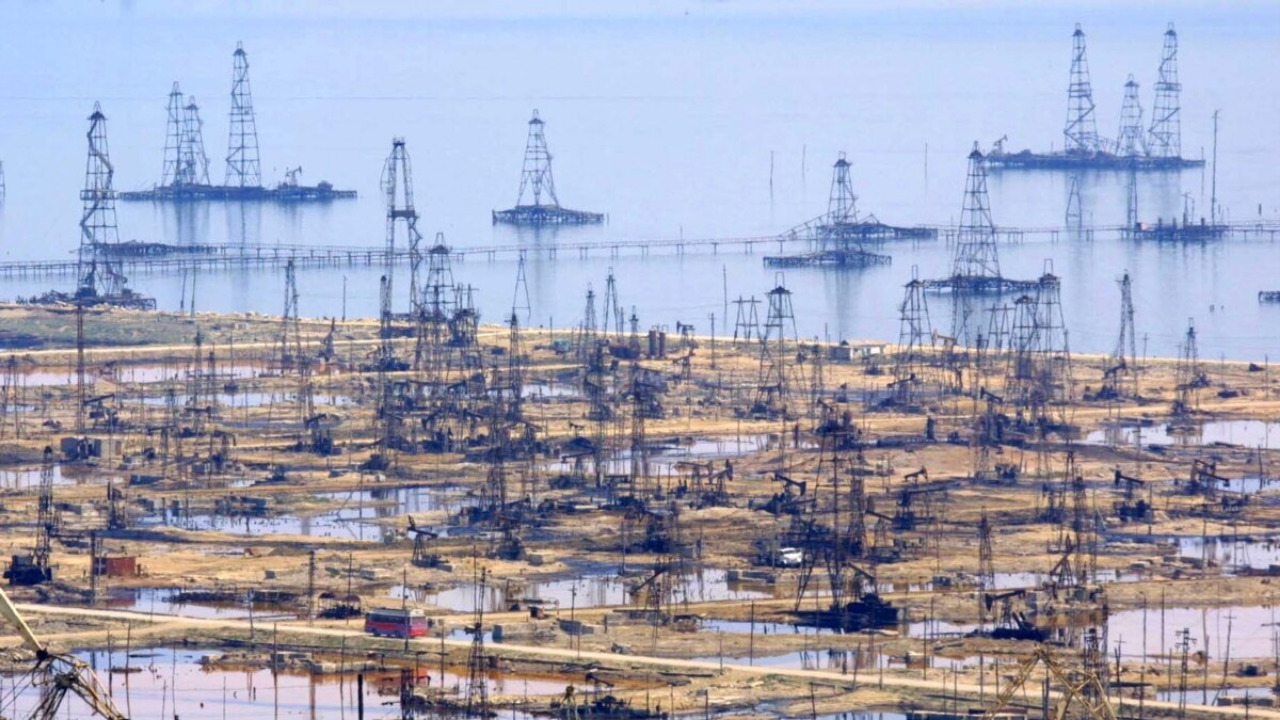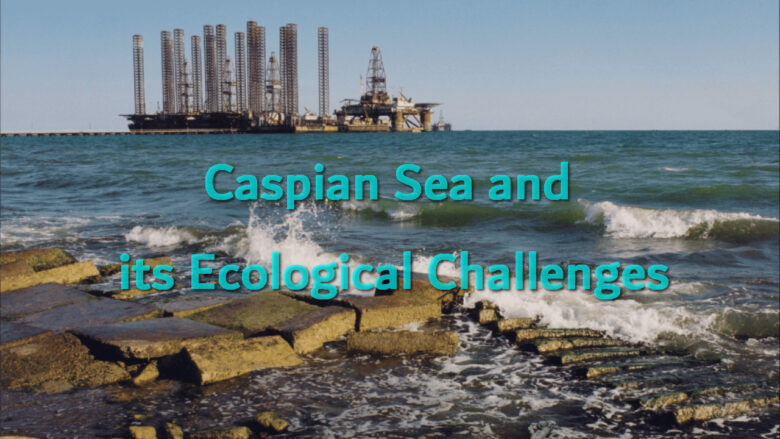The Caspian Sea, often referred to as the world’s largest enclosed inland body of water, holds not only immense geological and historical significance but also harbors a fragile ecological balance that is currently under threat. Stretching across a vast region and bordered by five countries—Russia, Kazakhstan, Turkmenistan, Iran, and Azerbaijan—the Caspian Sea faces a multitude of challenges that endanger its unique ecosystem and the livelihoods of those who depend on it.
The Caspian Sea: A Unique Ecosystem
Nestled between Europe and Asia, the Caspian Sea is home to a rich array of flora and fauna, with its waters teeming with life. Among its remarkable inhabitants is the beluga sturgeon, a species renowned for producing the highly sought-after beluga Caviar. These ancient fish have swum in the Caspian for millennia, playing a vital role in the intricate web of life that defines the sea’s ecosystem.
Ecological Challenges Faced by the Caspian Sea

However, the Caspian Sea is currently confronting a range of ecological challenges that threaten its delicate equilibrium. Chief among these challenges is pollution, driven by both industrial activities and human settlements along its shores. Pollutants, ranging from oil spills to plastic waste, seep into the waters, endangering not only the aquatic life but also the communities that rely on the sea for sustenance.
Pollution and Its Consequences
Pollution has led to a host of detrimental consequences. Marine species, including the beluga sturgeon, are being adversely affected by the toxic substances that infiltrate their habitats. The beluga sturgeon, in particular, faces a critical situation, with populations dwindling due to overfishing and habitat degradation. This has severe implications not only for the biodiversity of the Caspian Sea but also for the economies of the countries that depend on the sturgeon industry.
Decline in Biodiversity

The decline in the beluga sturgeon population is just one facet of a larger decline in biodiversity within the Caspian Sea. The delicate balance between various species is being disrupted, leading to potential cascading effects throughout the ecosystem. The loss of biodiversity can result in increased vulnerability to diseases and a reduction in the sea’s overall resilience.
Impact on Local Communities
The ecological challenges faced by the Caspian Sea have far-reaching implications for the communities that have traditionally depended on its resources. Fishing has long been a vital source of livelihood for these communities, and the decline in fish populations due to pollution and overfishing threatens their economic stability and cultural heritage. Moreover, the degradation of the sea’s ecosystem affects the availability of clean water and other essential ecosystem services for these communities.
International Efforts and Conservation Measures
Recognizing the urgent need to address the ecological challenges, the countries bordering the Caspian Sea have begun to collaborate on international efforts aimed at conservation and restoration. Agreements have been established to regulate fishing quotas, combat pollution, and protect critical habitats. These efforts signify a collective commitment to safeguarding the Caspian Sea’s ecological integrity for present and future generations.
Conclusion
The Caspian Sea stands at a crossroads, facing both immense challenges and promising opportunities for ecological restoration. The beluga sturgeon, an emblematic species of the sea, serves as a poignant reminder of the interconnectedness of all life within this unique ecosystem. Through concerted international efforts, innovative conservation strategies, and a renewed commitment to sustainable practices, we have the potential to reverse the tide of ecological degradation and ensure the continued vitality of the Caspian Sea for generations to come.
